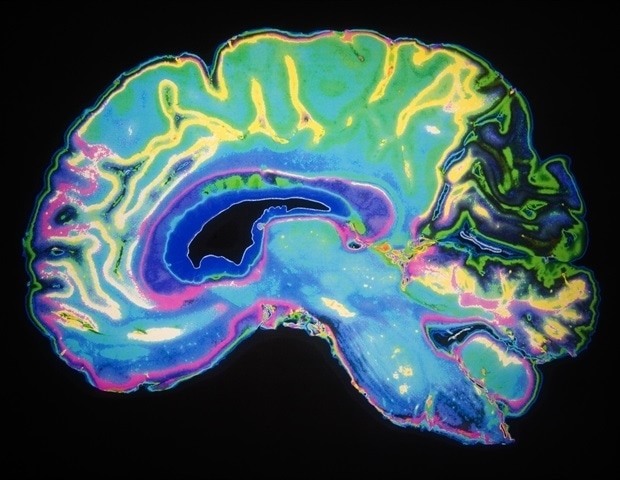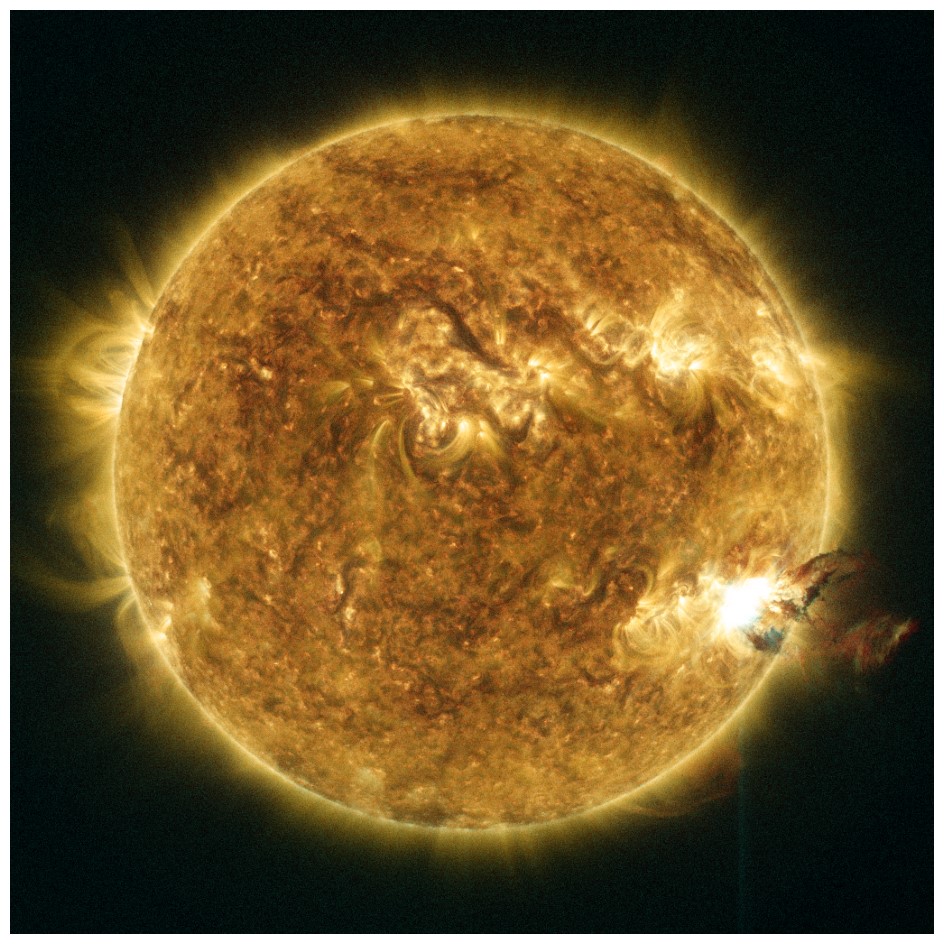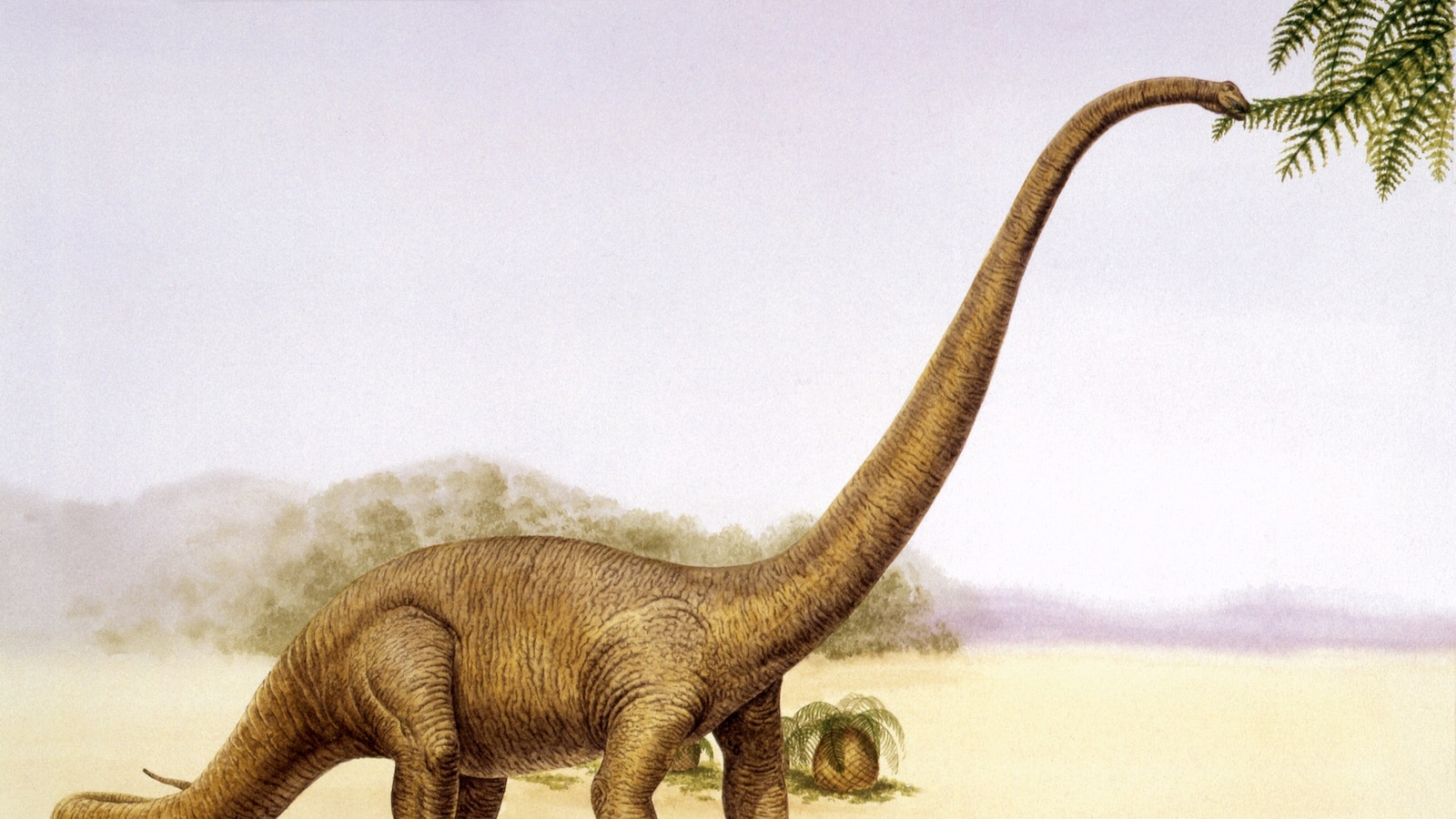AI Generated Algae Secrets: How Tiny Plants Once Cooled the Planet!

Did you know that microscopic algae had a hand in slowing down global warming over 14,000 years ago? It’s true, and the story gets even wilder! Scientists have uncovered how Antarctic algae, specifically a type called Phaeocystis, played a crucial role in reducing carbon dioxide levels during a period known as the Antarctic Cold Reversal, and their findings might just hold keys to combating today’s climate crisis.
Picture this: 14,000 years ago, as Earth was gradually warming after the last ice age, something extraordinary happened in the Southern Hemisphere. The warming simply paused, thanks to these unassuming microscopic heroes. During this time, known as the Antarctic Cold Reversal, the landscape transformed as sea ice expanded rapidly in winter and melted just as quickly in spring. This melting was not merely a seasonal change; it became a thriving banquet for Phaeocystis algae.
These tiny ocean organisms thrived, multiplying exponentially and ingesting vast amounts of carbon dioxide—one of the biggest culprits driving global warming. For years, scientists were oblivious to their role because they couldn’t find any traces of Phaeocystis in standard fossil records. That is until a groundbreaking study from the Alfred Wegener Institute in Germany turned the tide.
Using cutting-edge technology to extract ancient DNA from the depths of the ocean, researchers unearthed a sediment core from the Bransfield Strait, nearly 2,000 feet beneath the surface. This core is like a time capsule, preserving crucial data about oceanic history over the past 14,000 years. By meticulously examining these layers, scientists discovered genetic remnants of Phaeocystis during the cold reversal.
“Our study shows that these algal blooms contributed significantly to a reduction in global atmospheric CO2 levels during this climatically critical transition,” stated Josefine Friederike Weiß, the lead author of the study. This groundbreaking revelation not only identified the algae's role but also illustrated a fascinating connection between environmental conditions and algal productivity.
The study revealed a crucial relationship: as sea ice expands in winter, it creates a nutrient-rich environment in spring where these algae can flourish. Essentially, more ice means more potential for algal growth, which translates to better carbon sequestration.
However, there is a dark twist. Today, the same Phaeocystis algae, which once helped cool the planet, are now on the brink of survival. Antarctic sea ice is diminishing at an alarming rate, and the conditions that fostered these algal blooms are quickly disappearing. This is not just a problem for the algae; they serve as a vital food source for a multitude of marine creatures, from tiny organisms to massive seals. If Phaeocystis vanishes, it could throw the entire ecosystem into chaos.
Even more concerning, these algae are instrumental in sinking carbon deep into the ocean. If they disappear, we could see even more carbon lingering in the atmosphere, accelerating global warming. To make matters worse, Phaeocystis produces dimethyl sulfide (DMS), a gas that facilitates cloud formation. With fewer clouds due to the reduction of these algae, more sunlight will reach Earth, further exacerbating climate change.
This study underscores the importance of evolving our scientific methods. While traditional geological analyses have focused primarily on ice cores and chemical markers, the ability to analyze ancient microbial DNA offers a nuanced understanding of how our oceans have historically shaped climate and how they might react in the future. This research is a reminder that predicting climate change extends beyond simply monitoring temperature or carbon levels; it involves understanding the living systems that maintain our planet's delicate balance.
Ultimately, the revelations from these Antarctic algae provide not only a fascinating glimpse into our planet's past but also essential lessons for our future. The full findings have been published in the journal Nature Geoscience, and they could help inform our approach to present-day climate challenges.


















